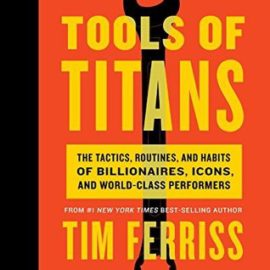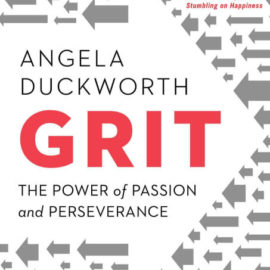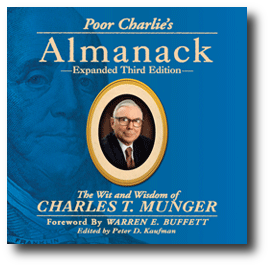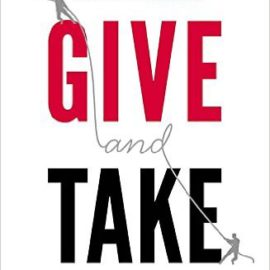Want to learn the ideas in The Body Keeps the Score better than ever? Read the world’s #1 book summary of The Body Keeps the Score by Bessel van der Kolk M.D. here.
Read a brief 1-Page Summary or watch video summaries curated by our expert team. Note: this book guide is not affiliated with or endorsed by the publisher or author, and we always encourage you to purchase and read the full book.
Video Summaries of The Body Keeps the Score
We’ve scoured the Internet for the very best videos on The Body Keeps the Score, from high-quality videos summaries to interviews or commentary by Bessel van der Kolk M.D.
1-Page Summary of The Body Keeps the Score
Overall Summary
The Body Keeps the Score is a 2014 nonfiction work by Bessel van der Kolk, M.D., who specializes in treating trauma victims. He has published numerous scientific studies about his work and contributed to many more. The book was well-received by critics and consumers alike, becoming a New York Times Bestseller as well as winning praise from fellow doctors who specialize in trauma therapy.
The author uses his own experiences, stories about patients he’s treated, scholarly citations and general information to explain trauma. He also charts the history of scientific interest in trauma as well as his personal experience trying to get the best treatment for those who suffer from it.
Part 1 of the book covers van der Kolk’s background and how he became interested in helping people with trauma. He describes what he noticed about soldiers, victims of child abuse, and other patients who suffer from PTSD. He explains brain anatomy through neuroscience to describe how trauma affects the human body. He also criticizes doctors for focusing too much on treating symptoms with antipsychotic drugs instead of trying to treat their patients’ underlying problems.
Part 2 of this book discusses the physiology and anatomy of trauma. It explains how different parts of the brain are affected by trauma, and how that affects other parts of the body.
Chapter 3 goes into more detail about child abuse and neglect. It separates these traumas from other forms of trauma, as they affect the brain and body differently than ongoing childhood traumas. He explains how this happens to children, how it affects them in the long run, and why medical systems fail victims of child abuse.
In Part 4, van der Kolk lays out historical context for the scientific study of trauma. He discusses in depth some of the primary objections to trauma as a diagnosis throughout history and even today. Van der Kolk also notes that it’s difficult to get others to see trauma as a valid area of study since it cannot be authentically reproduced in a laboratory setting.
Part 5 discusses treatment methods that can help with trauma. It focuses on EMDR, yoga, IFS psychomotor therapy, neurofeedback and theater.
In the epilogue, the author tells us that traumatized people need more attention from scientists and doctors so they can get the help they need to lead full lives.
Prologue: “Facing Trauma”
The Body Keeps the Score by Bessel van der Kolk is an introduction to the book. Van der Kolk explains that he wrote this book as a guide and invitation for people interested in trauma treatment. He mentions his own interest in psychiatry and says that he has worked on trauma research for over 30 years, often with support from major medical organizations.
Van der Kolk offers a brief explanation of what trauma is and how it affects the mind and body. He also mentions some areas that are researching this topic, including neuroscience, developmental psychopathology, and interpersonal neurobiology. Van der Kolk then suggests that research shows that trauma has actual physiological changes.
Part 1, Chapter 1: “Lessons from Vietnam Veterans”
As a psychiatrist, Dr. van der Kolk met with Tom, a Vietnam veteran who suffered from rage episodes and nightmares. The doctor prescribed medication for the nightmares, but Tom refused to take it because he feared that if his nightmares ended, so would the memory of his friends’ deaths.
Driven to understand veterans and other people who are traumatized, van der Kolk studies their experiences. He compares them to victims of child abuse, as both groups have trouble engaging with the world around them. In a study asking veterans to describe Rorschach blots (inkblot tests), he finds that trauma also shuts down perception and imagination.






